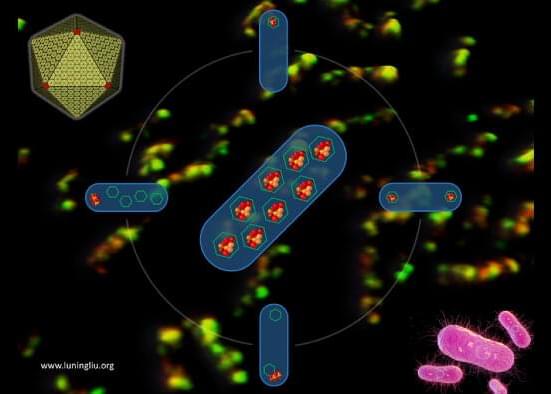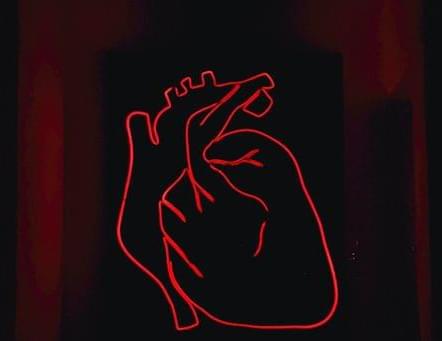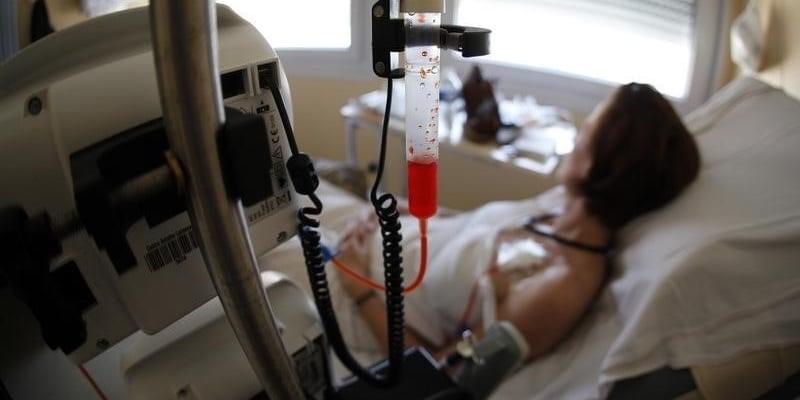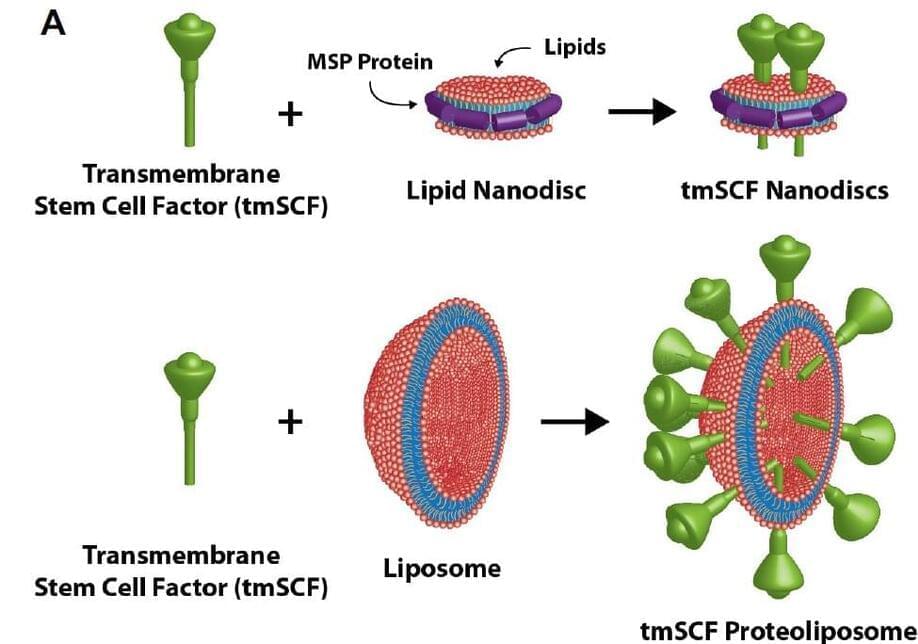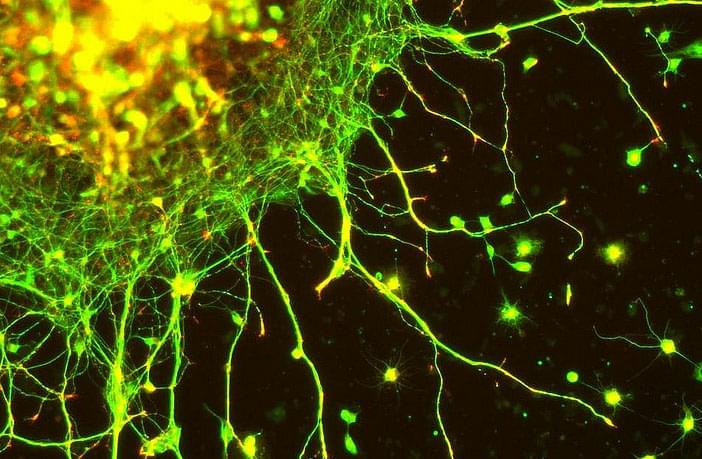Leveraging big data & artificial intelligence to solve unmet medical needs — andrea de souza — eli lilly & co.
Andrea De Souza, is Associate Vice President, Research Data Sciences and Engineering, at Eli Lilly & Company (https://www.lilly.com/) where over the past three years her work has focused around empowering the Lilly Research Laboratories (LRL) organization with greater computational, analytics-intense experimentation to raise the innovation of their scientists.
A former neuroscience researcher, Andrea’s portfolio career has included leadership assignments at the intersection of science, technology and business development. She has built and led informatics and scientific teams across the entire pharmaceutical value chain.
Most recently, Andrea focused on building the Pharma Artificial Intelligence market at NVIDIA. Through this experience she has traveled the world advising bio-pharmaceutical clients, academics, research institutes, and startups in the potential of machine learning and artificial intelligence across every discipline of the industry.
Prior to her role at NVIDIA, Andrea held leadership positions at the Broad Institute of Harvard and MIT, Amgen, and Roche.
